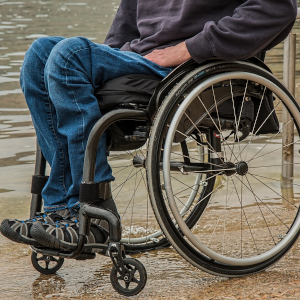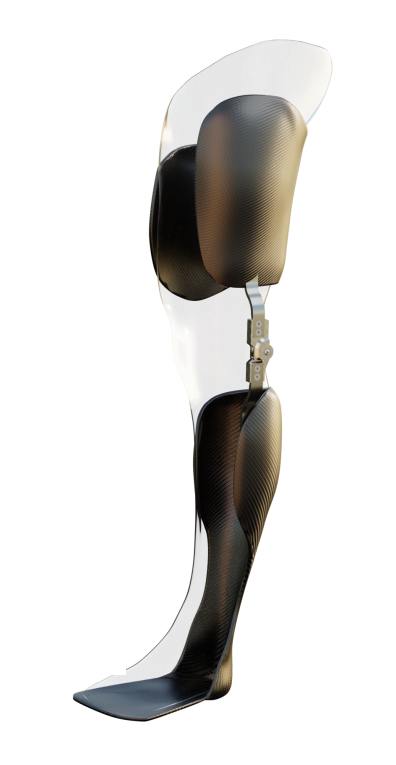Overview
A spinal cord injury (SCI) occurs when there is damage to the spinal cord, resulting in impaired function and communication between the brain and the rest of the body. The spinal cord, a bundle of nerves protected by the vertebral column, plays a crucial role in transmitting sensory information, motor commands, and reflexes. SCIs can have varying degrees of severity, ranging from mild to life-altering.

Causes
Trauma
The most common cause of SCIs is trauma, often due to accidents such as falls, motor vehicle collisions, sports injuries, etc. The impact can fracture or dislocate vertebrae, compressing or damaging the spinal cord.
Non-traumatic causes
These include, e.g.: infections (such as spinal abscesses), tumors, vascular disorders (like spinal cord infarction), degenerative conditions (such as spinal stenosis), etc.
Symptoms
The symptoms of an SCI depend on the location and severity of the injury. Common symptoms include:
- Paralysis: Partial or complete loss of muscle function below the level of injury, resulting in overall reduction of mobility. Tetraplegia (formerly known as quadriplegia) affects both arms and legs, while paraplegia affects only the lower limbs.
- Sensory changes: Altered sensation, including numbness, tingling, or hypersensitivity.
- Loss of Reflexes: Reflexes controlled by the spinal cord may be diminished or absent.
- Bowel and Bladder Dysfunction: SCI often affects bowel and bladder control due to disrupted nerve signals.
- Respiratory Complications: High cervical (neck) injuries can impact breathing and require ventilatory support.
- Sexual Dysfunction: SCIs can affect sexual function, fertility, and reproductive health.
Regaining mobility

Spinal Cord Injury is a complex condition and requires individual, interdisciplinary approach to rehabilitation. In certain cases, custom orthotic fittings may significantly improve patient mobility.
Lower limb orthoses provide stabiliization and support therefore enhancing safety and functional independence of the user.
Individual orthotics are tailored to each person’s specific needs. Custom-made devices ensure a proper fit and address unique challenges.
Summary
Spinal cord injuries are life-changing events that impact physical, emotional, and social well-being. Rehabilitation, assistive devices and technologies play a crucial role in improving quality of life for individuals with SCIs. Early medical intervention and rehabilitation are essential to minimize the impact of these injuries and enhance recovery.
Each person’s experience with an SCI is unique, and multidisciplinary care is vital to address physical, psychological, and social aspects. Advances in medical science and technology continue to offer hope for better outcomes and improved management of spinal cord injuries.
Information provided on this website is purely informative and should not be treated as medical advice. Contact a qualified clinician for medical assessment relevant to your specific case.
